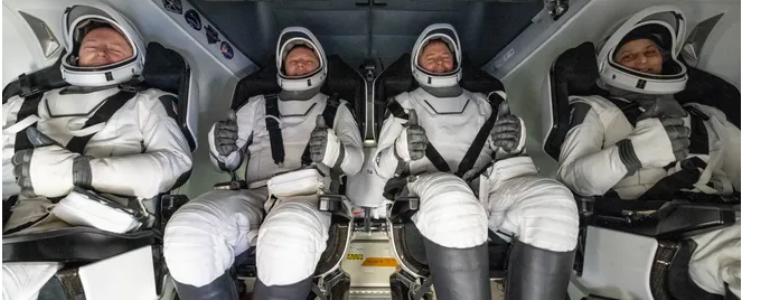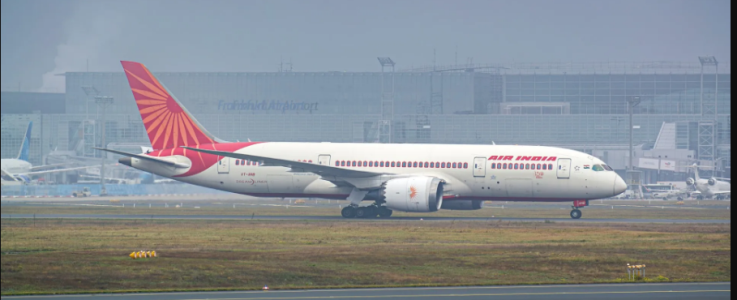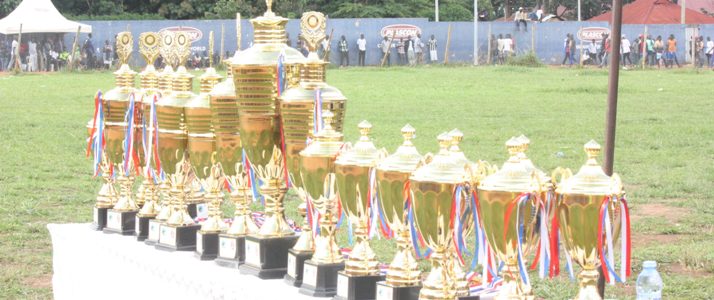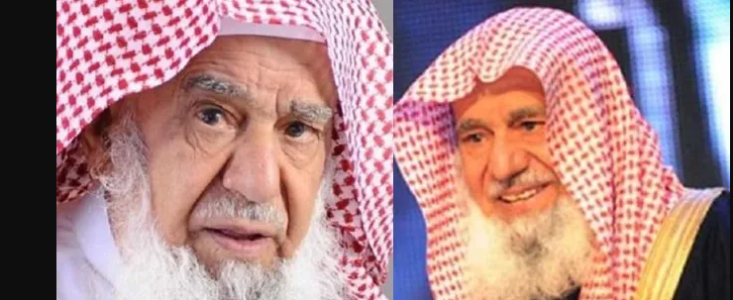
After an unexpected nine-month stay aboard the International Space Station (ISS), NASA astronauts Butch Wilmore and Suni Williams have finally begun their journey back to Earth. The duo departed the ISS early Tuesday morning aboard a SpaceX Crew Dragon capsule, bringing a dramatic end to what was originally intended to be a brief test mission. Their prolonged stay was the result of persistent technical failures in Boeing’s Starliner spacecraft, raising concerns about the reliability of the program.
Wilmore and Williams initially launched aboard the Boeing Starliner in June 2024 as part of its first crewed test flight, meant to last roughly a week. However, a cascade of system malfunctions—including helium leaks and thruster failures—forced NASA to indefinitely delay their return. Engineers worked tirelessly to troubleshoot the issues while the astronauts continued their extended mission on the ISS, assisting with experiments and station operations. The ordeal underscored the ongoing challenges of certifying Starliner for regular crewed missions.
After months of uncertainty, NASA made the decisive call to bring the astronauts home aboard a more reliable SpaceX capsule. The Crew Dragon spacecraft, which has successfully executed multiple crewed missions since 2020, offered a proven alternative. The departure marks a crucial step in ensuring the safety of the astronauts while allowing Boeing and NASA to reassess Starliner’s viability. “The safety of our astronauts is always our top priority,” said Steve Stich, NASA’s Commercial Crew Program Manager. “While this was not the mission timeline we anticipated, the experience has provided us with invaluable insights that will help strengthen future Starliner flights.”
The prolonged delay has ignited debate over the future of NASA’s Commercial Crew Program, which aims to foster competition between private spaceflight companies. While SpaceX’s Dragon has become a workhorse for ferrying astronauts, Starliner’s repeated setbacks have raised concerns about its ability to meet NASA’s rigorous standards. The incident has further spotlighted Boeing’s struggles in the aerospace sector, as the company works to regain trust in both its aviation and space divisions.
As Wilmore and Williams make their long-awaited return, NASA remains committed to advancing human spaceflight while prioritizing astronaut safety. Their harrowing ordeal serves as a reminder of the risks and complexities of space exploration. With Boeing under pressure to resolve Starliner’s lingering issues, the future of commercial space travel remains uncertain—but undeniably exciting.



